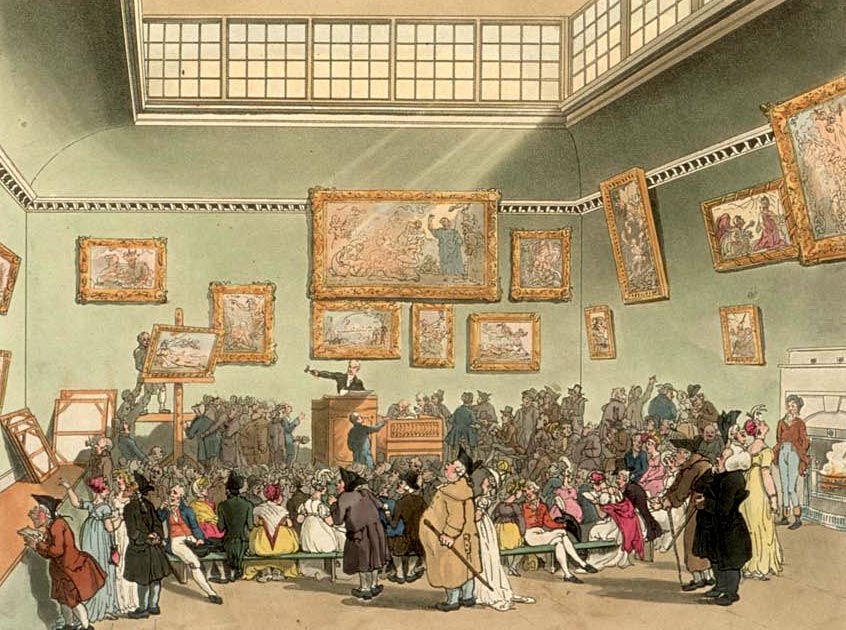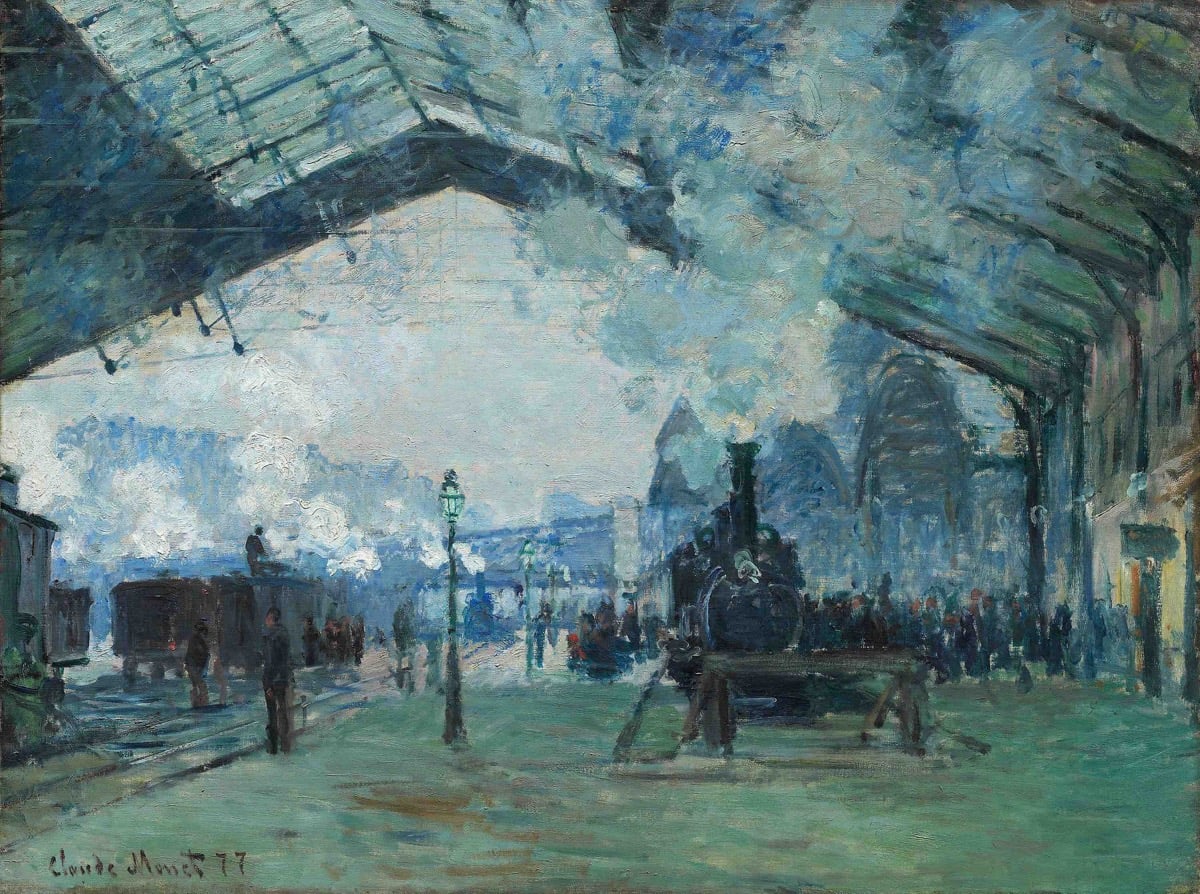Traditional auction houses – a look at the future



In March 2017, Christie's, one of the world's most powerful art auction houses, announced its plans to cut 12% of its global workforce in a restructuring that would impact 250 jobs plus several showroom closures. The most shocking, and much to the chagrin of its long-term London dealers and clients, was the closure of its much-loved South Kensington saleroom (CSK) which had been the home of many successful, lower value sales across numerous categories for over 40 years. In addition to London's finest dealers, many well-known collectors such as Paul Getty, Sheikh Saud Al Thani, and Lord Thomson, to name a few, had bought from CSK.
What prompted such a drastic move? The growing market for online sales. According to the Hiscox 2018 report, online art sales reached an estimated USD4.22 billion in 2017, up 12% from the previous year. There are also signs that active online art buyers are spending more and buying more frequently. Just ten years ago, online auctions were unheard of. Today, with ever-changing technology, the international art market has changed and online sales continue to grow on a yearly basis, especially for lower value lots and certain collectible categories. Christie's closure of CSK marks a new strategic direction towards expanding services in China and the Middle East, as well as investing in its online capabilities. This in turn reflects the wider, long-term, global changes in the art market as more and more buyers can be found in the fast-developing economies of Asia and the UAE.
The speed with which online sales have continued grow in recent years cannot be underestimated.
In 2015, Christie's had 79 online sales; in 2016, the number of sales had grown to 118. As Mr Guillaume Cerrutti, Christie's chief executive, said, "You have to take it not for what it is at the moment but for what it will bring you in the future." While online sales only account for a small percentage of the bottom line, it is also a vital source of new client. At Sotheby's, two-fifths of its online buyers in 2016 were new to the company.
For new collectors, price transparency of online sales is a key motivation. While established collectors are used to the opacity of traditional art sales, new buyers are attracted to the greater transparency of the online art market.
According to Dirk Boll, the president of Christie's in Europe, UAE, Russia and India, online sales saw the largest growth in 2017, up 16% to £188.3m. More significantly, 41% of these online sales were from new buyers. "What is great is that, in a relatively short period of time, they start a client journey and move into live sales in the saleroom."
The growing online art market has seen a proliferation of new online platforms specialising in various sorts of art sales.
However, they pose little challenge for the two leading auction houses whose long-held duopoly of the art auction scene is practically unbreakable. According to the economist Clare McAndrew's The Art Market Report 2018, the two dominant auction houses have more than 80% of the market for works over $1m. How have the two houses been able to maintain their stronghold for so many decades? This is partly due to the unique characteristics of fine art sales. Unlike other industries, innovation plays less of a role in determining market dominance. Both houses offer essentially the same expertise and customer service, and the latest, trendy social media app is unlikely to make a difference when dealing with a $100m consignment. Most high value auction items are consigned by estates and managed by executors who are risk averse and have little experience of "playing" the art market. As a result, they are naturally drawn to established auction houses with a powerful global presence.

Engraving of a Christie's auction room in London (1808)
As Melanie Gerlis, editor at large of the Art Newspaper, pointed out, "There's a physical and social element to art that you can't get on a computer at all." Indeed, the theatre and "entertainment value" of a live auction is one of its key attractions. Just consider the instantaneous "commotion" that followed Banksy's shredding of his artwork at Sotheby's London in October 2018. A stunt like that would hardly have the same impact seen online.
Regardless of the seemingly invincible duopoly enjoyed by Sotheby's and Christie's, there remains intense competition for high value consignments, and ultimately the auction house that can offer the best terms will win. The never-ending battle to win over sellers has resulted in the ever-increasing, complicated structure of buyer's premium. Since bidders have no negotiable power in the auction process, auction houses are free to charge exorbitant fees from buyers, while offering the best terms to consignors. First introduced in the 1970s, the buyer's premium bands for both Sotheby's and Christie's have skyrocketed, having been raised multiple times in recent years. Unfortunately, given the mechanics of the auction market, this heavy "tax" on art buyers is unlikely to go away any time soon.
What is the future for auction houses then?
Given the long-term dominance of Sotheby's and Christie's, their business models are less likely to change significantly in the foreseeable future. It would be up to regional auction houses and new online platforms to compete for the middle and lower value markets. This is where one would see more innovation and flexibility in a bid to attract the younger generation of art buyers and collectors.






